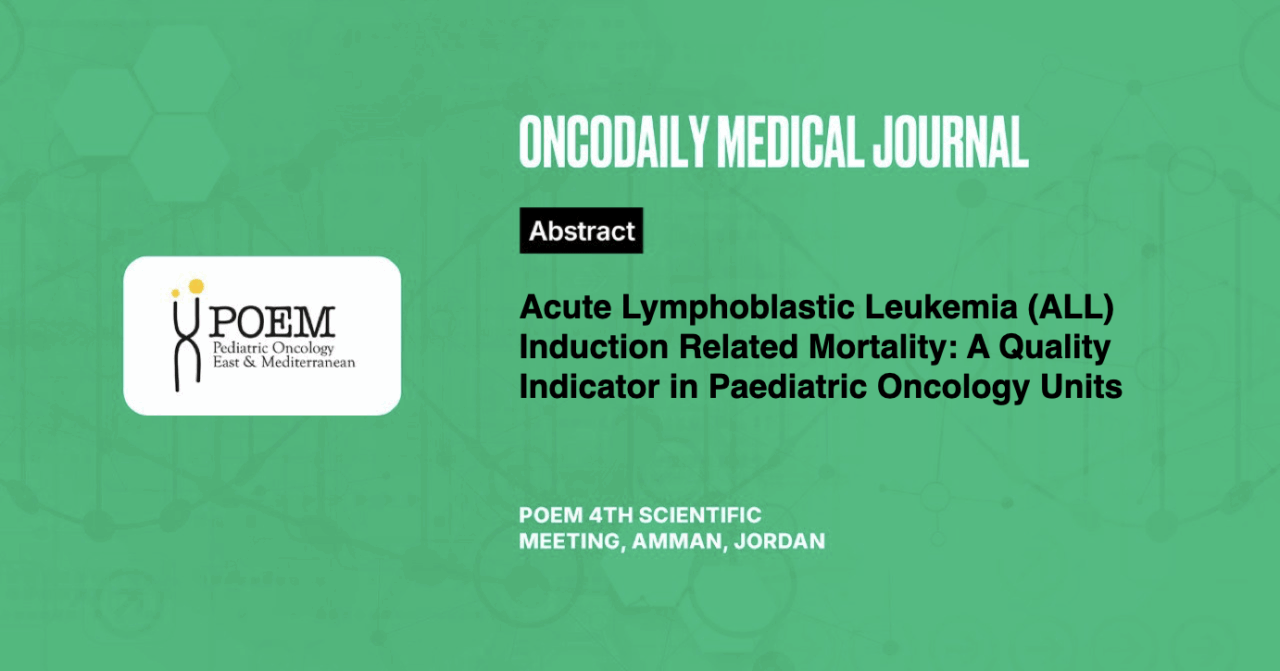Acute Lymphoblastic Leukemia (ALL) Induction Related Mortality: A Quality Indicator in Paediatric Oncology Units
Abstract
Introduction: Acute Lymphoblastic Leukemia (ALL) is responsible for 75% of the leukemia incidences in children and 25% of all childhood cancers. While infections are the major cause of death during ALL treatment, especially during induction, when patients are immunocompromised. Studies from HICs have shown low induction-related mortality (IRM) rates (1–2%), however, data from LMICs are limited, making region-specific research important. In this study, we aimed to identify the proportion of mortality in the induction phase of treatment.
Methodology: This is a retrospective chart review study. Patients’ data were collected from the electronic medical records at the Pediatric Oncology Unit of Indus Hospital and Health Network (IHHN). All newly diagnosed paediatric ALL patients between the ages of 1 and 16 years presenting between 1st January 2022 to 31st December 2023 were included. Statistical analysis was performed using STATA v18. Since all variables were categorical, frequencies and percentages have been reported. Inferential analysis was done using the Cox Proportional Algorithm.
Results: A total of 524 children were included in the study, among whom 48 (9.16%) had induction-related mortality. 264 (50.2%) of patients were aged under 6 years. IRM was highest among children under 6 years of age (n=23), followed by 14 deaths among children aged 6 to 12 years and 11 deaths among those over 12 years of age. The treatment-related complications amongst induction-related deaths consisted of 4 items – infection (n=36), drug toxicity (n=6), bleeding (n=4), and tumor lysis syndrome (n=2). The most frequently identified organism among infections was Carbapenem-resistant Enterobacteriaceae (CRE) (n=22), followed by E. coli, Klebsiella species, and Acinetobacter species (n=1 each).
Conclusion: In conclusion, the study reports a high rate of IRM associated with high NCI-risk status, CNS status, and distance from the treatment center. Further investigations are needed to identify specific modifiable causes and their associations with IRM to prevent them.





